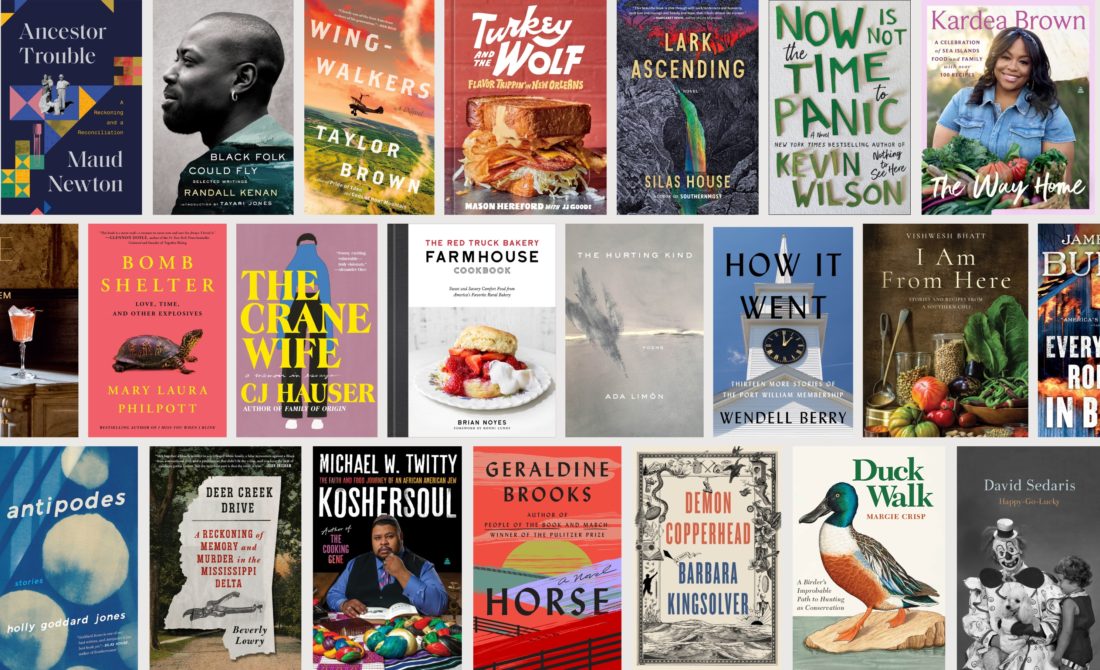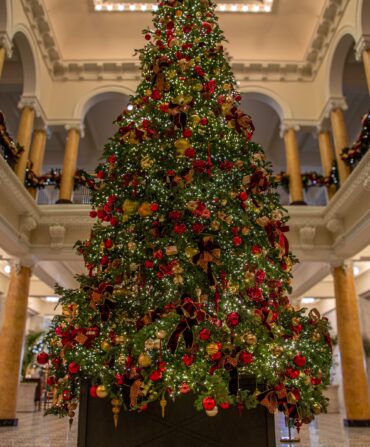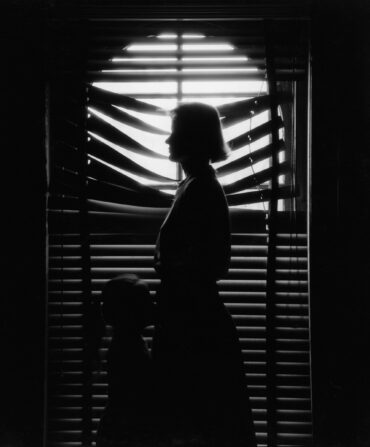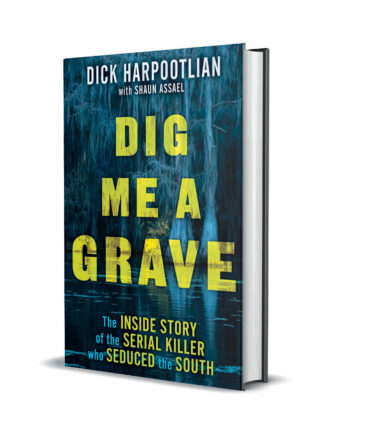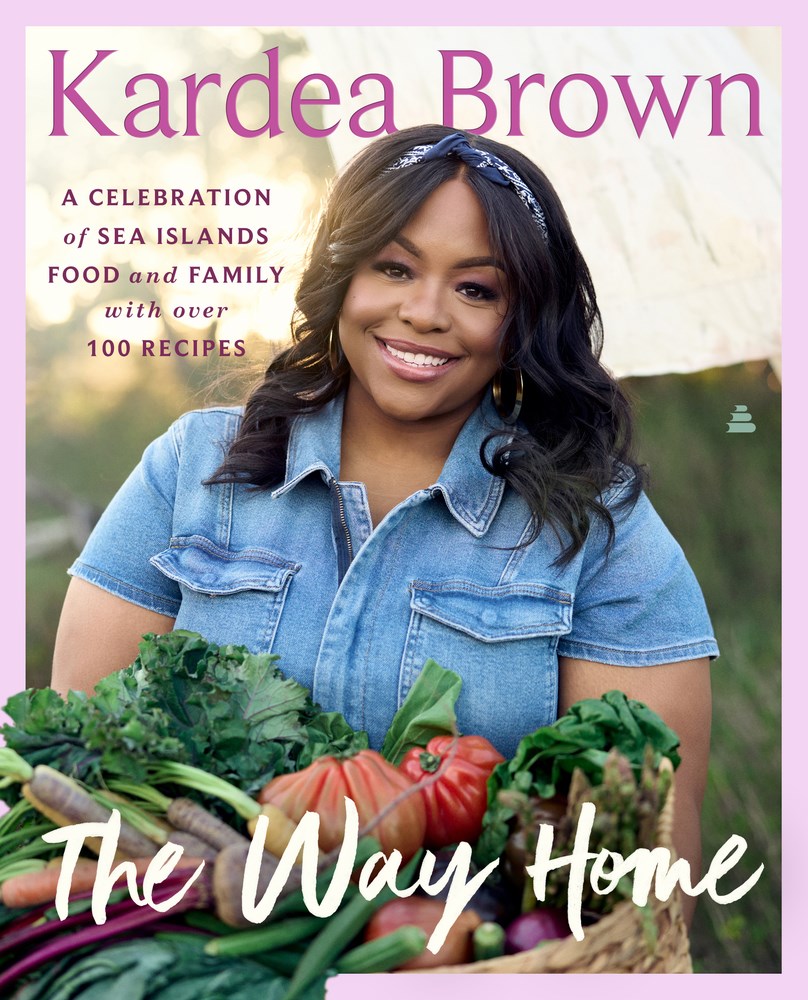
The Way Home: A Celebration of Sea Islands Food and Family with over 100 Recipes, by Kardea Brown
“I’ve watched Kardea Brown’s television show since its inception, and she’s made some fantastic dishes over the years,” says contributing editor Latria Graham. “I look forward to reading about how she weaves in her family’s Gullah traditions with her contemporary cooking style in this long-awaited cookbook.” Brown generously previewed her recipes for Sea Island chicken wings, Lowcountry seafood salad, and an easier version of a Southern classic—sheet-pan hummingbird cake.
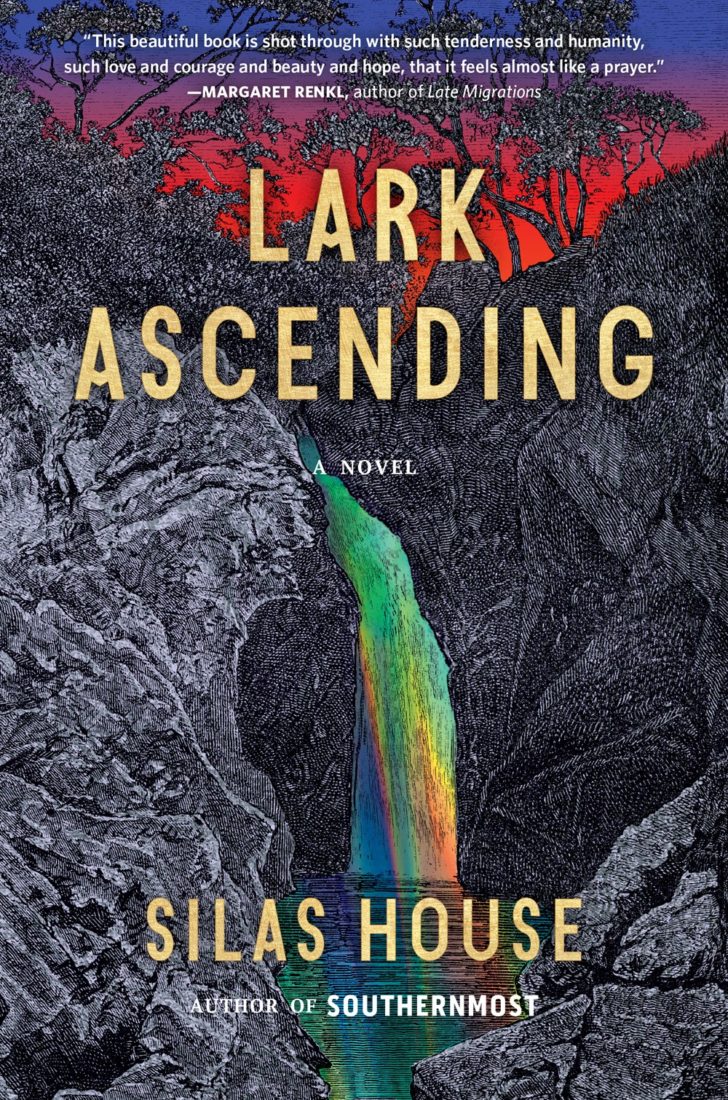
Lark Ascending, by Silas House
Midway through reading this book I stopped and sent an email to its author, Silas House. I let him know that it made me immensely proud to know someone who had such prodigious writing skills. Lark Ascending traverses a dark, dystopian world yet somehow imparts a message of hope and kindness. That’s the magic of House. He’s also a dog lover, which is evident in the pages. All digits up for this one. —Dave DiBenedetto, editor in chief

Ancestor Trouble, by Maud Newton
We Southerners love lore, and the Dallas-born author Maud Newton’s willingness to probe dark corners of human behavior and interrogate the obfuscated parts of her Southern family stories produces some crushing realizations. The book is in turns stunning, unsettling, and timely, and I’ve recommended it to anyone searching for a way to talk about the individual stories that make up the mythology around America’s history. —Latria Graham, contributing editor
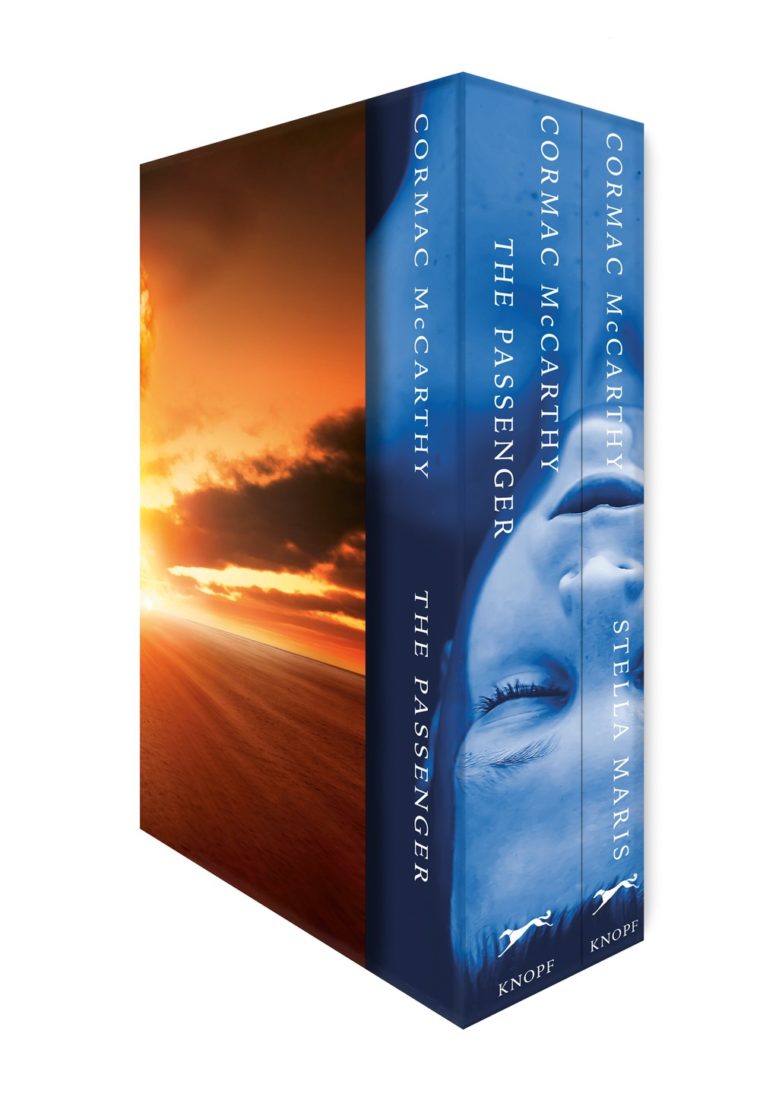
The Passenger and Stella Maris, by Cormac McCarthy
Two new Cormac McCarthy novels. For the bookish public, that’s a headline in itself. The notoriously private eighty-nine-year-old author of Blood Meridian, All the Pretty Horses, and The Road reigns as a titan of American lit—an undisputed heir to Melville and Faulkner, the subject of infinite grad-school theses, and a hard-nosed dispenser of what Saul Bellow called “life-giving and death-dealing sentences.” Since 1965, when his first book (The Orchard Keeper) appeared, he’s been turning paper and ink into thunder and lightning.… Taken together, The Passenger and Stella Maris are an intellectually breathtaking achievement. —Jonathan Miles, contributing editor, in his review
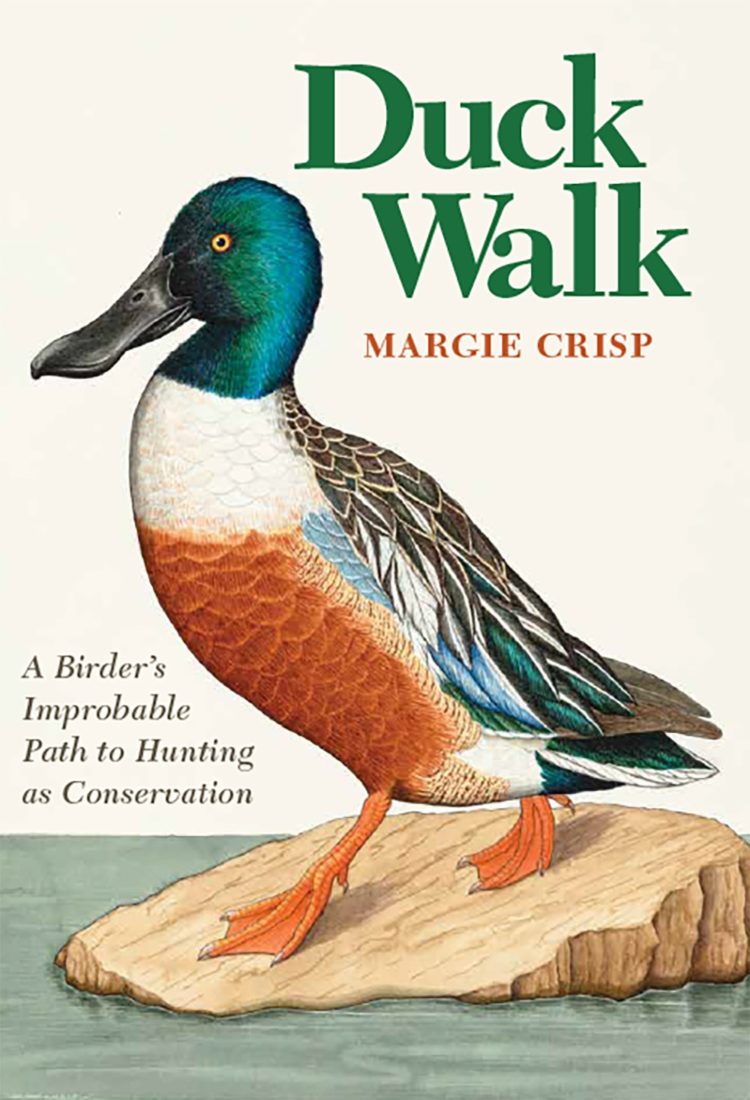
Duck Walk: A Birder’s Improbable Path to Hunting as Conservation, by Margie Crisp
Crisp genuinely loved the birds she’d spent a lifetime watching and often painting. She couldn’t imagine a life without them. But waterfowl hunters—her husband among them—appeared to likewise love the ducks and geese they watched and often killed. And therein lay a riddle that Crisp longed to solve. Duck Walk: A Birder’s Improbable Path to Hunting as Conservation is the lively and provocative result. —Jonathan Miles, in his review
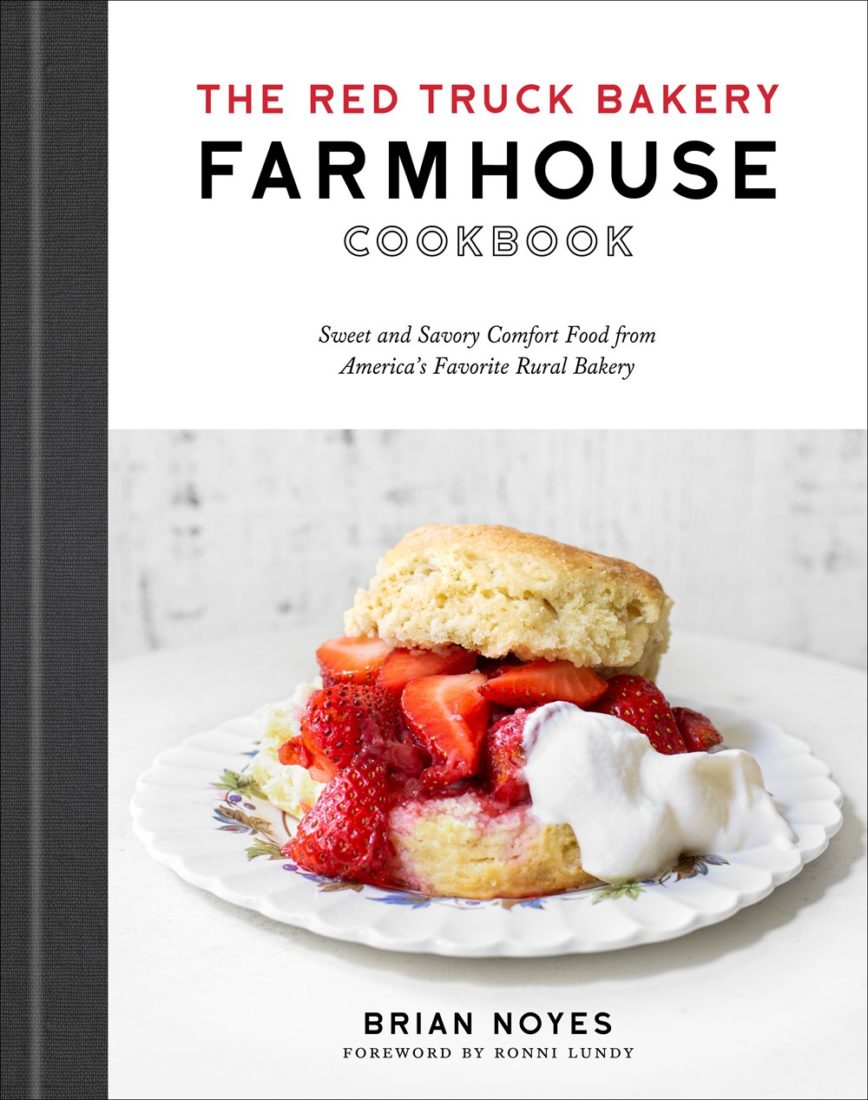
The Red Truck Bakery Farmhouse Cookbook: Sweet and Savory Comfort Food from America’s Favorite Rural Bakery, by Brian Noyes
Perhaps you remember that decadent caramel cake from a past cover of Garden & Gun. That recipe’s creator, Brian Noyes of Virginia’s Red Truck Bakery, returned with a generous cookbook of more sweet and savory comfort foods, including gooey cinnamon rolls, a rustic fruit galette, and his family’s century-old recipe for birthday cake.

Now Is Not the Time to Panic, by Kevin Wilson
It’s 1996, and “the Coalfield Panic” has taken hold of a small Tennessee town after two teens create an ominous flyer and distribute hundreds of copies—on business windows, in mailboxes, tucked into library books. The fallout is swift and the inability of the artists to control the interpretation (and repercussions) of their work ripples through the decades. I buzzed through this in fewer than twenty-four hours. —Amanda Heckert, executive editor
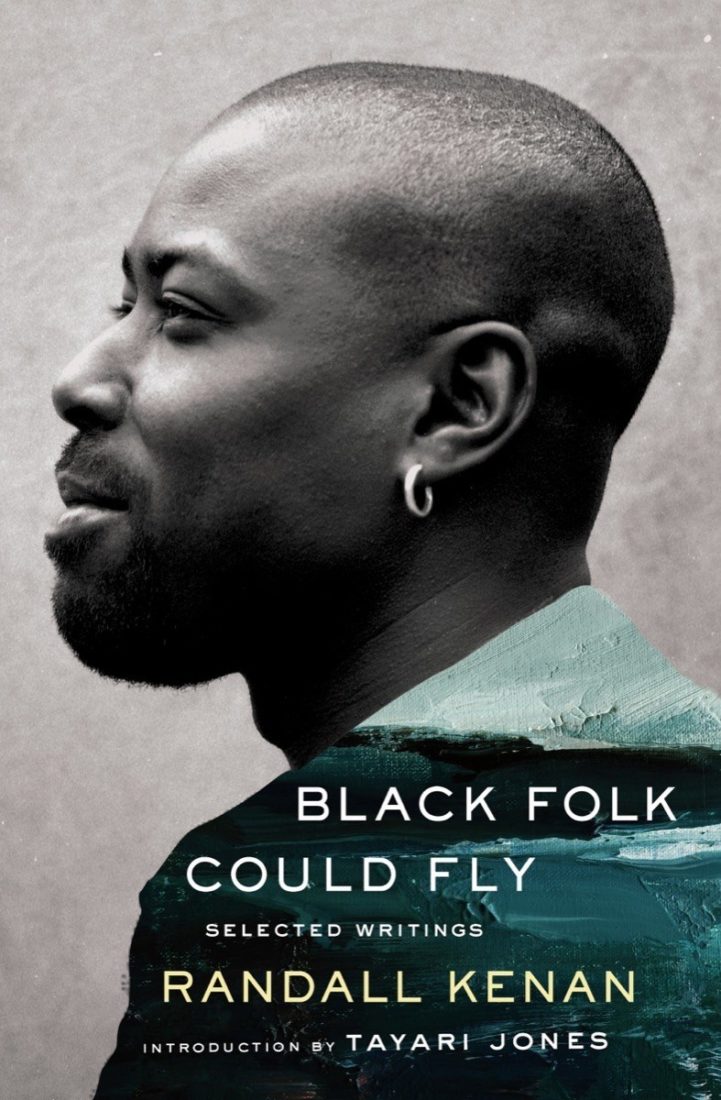
Black Folk Could Fly: Selected Writings, by Randall Kenan
I went to the launch party of my late buddy Randall Kenan’s collection of nonfiction essays, Black Folk Could Fly. I loved Randall both as a writer and as a friend. The book contains some pieces that are long and detailed and others that are more like fragments of things to come. The introduction is by Tayari Jones, a writer I also admire but had never met. She had spoken at the event, and I wanted to introduce myself and thank her. From out of nowhere came this Southernism, “Randall was such a doll baby!” Her eyes lit up and she replied, “Yes, that’s exactly what he was.” —Chef Bill Smith, contributor
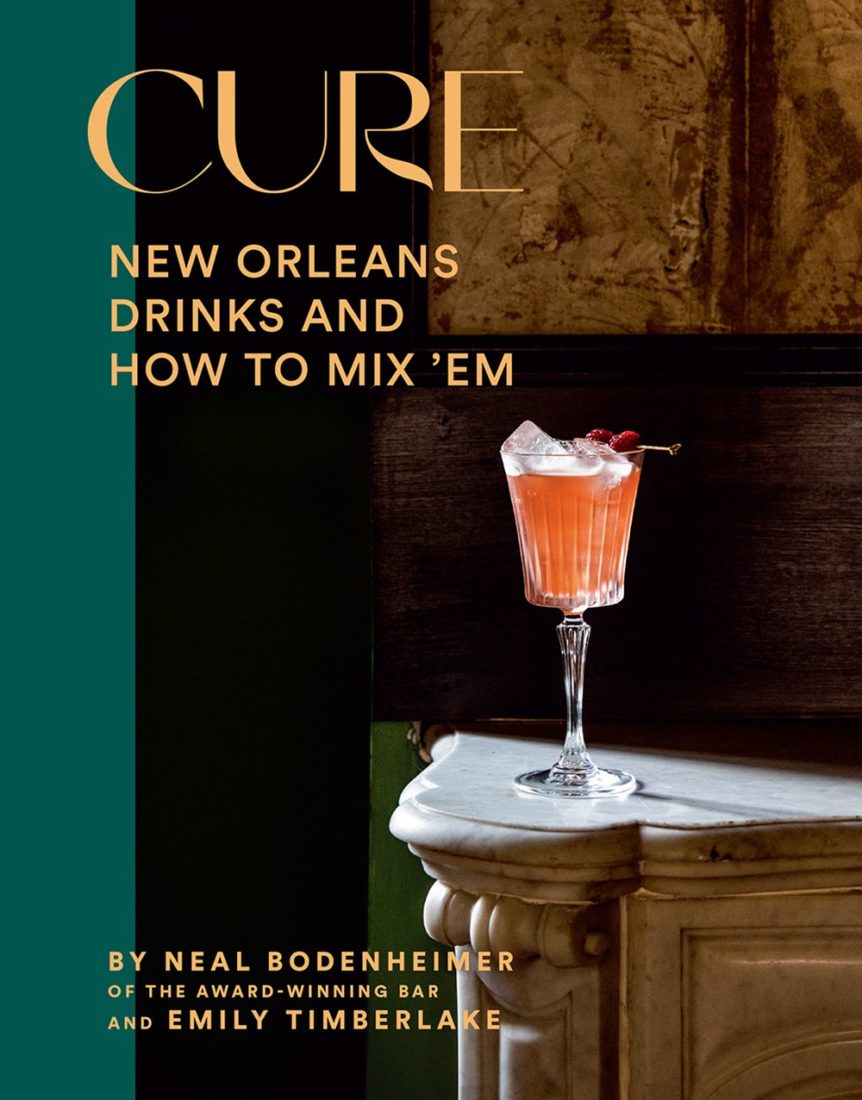
Cure: New Orleans Drinks and How to Mix ’Em, by Neal Bodenheimer and Emily Timberlake
A New Orleans native and the founder of the James Beard Award–winning Cure among other fine drinking establishments, Neal Bodenheimer is a leading authority on the city’s cocktail culture, past and present. The hundred-plus recipes in Cure cover the classics to be sure, but they’re just the starting point for all kinds of intriguing riffs. —Dave Mezz, deputy editor
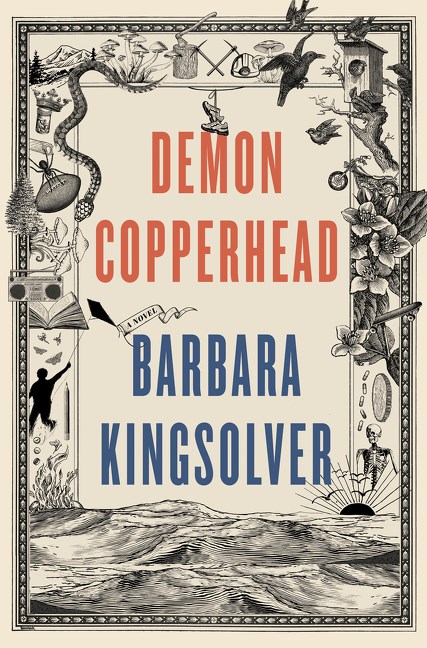
Demon Copperhead, by Barbara Kingsolver
It’s so un-put-downable! The lede sentence is, “First, I got myself born,” and Demon’s voice soars from there. It’s a tale of a young man growing up in a single wide with a single mom against the backdrop of the opioid crisis in Lee County, Virginia, the same place where Dopesick (my book and the show) was set. Demon is a voice for the ages—akin to Huck Finn or Holden Caulfield—only even more resilient. I’m crazy about this book, which parses the epidemic in a beautiful and intimate new way. I think it’s her best. —Beth Macy, contributor

Every Cloak Rolled in Blood, by James Lee Burke
The best-selling eighty-six-year-old author James Lee Burke’s most personal novel ever came out this year. Every Cloak Rolled in Blood explores grief, aging, and loss, but includes plenty of adventure and mystery as well. Read more about Burke’s family and his “bayou baptism” in the author’s recent piece for G&G. —CJ Lotz, senior editor
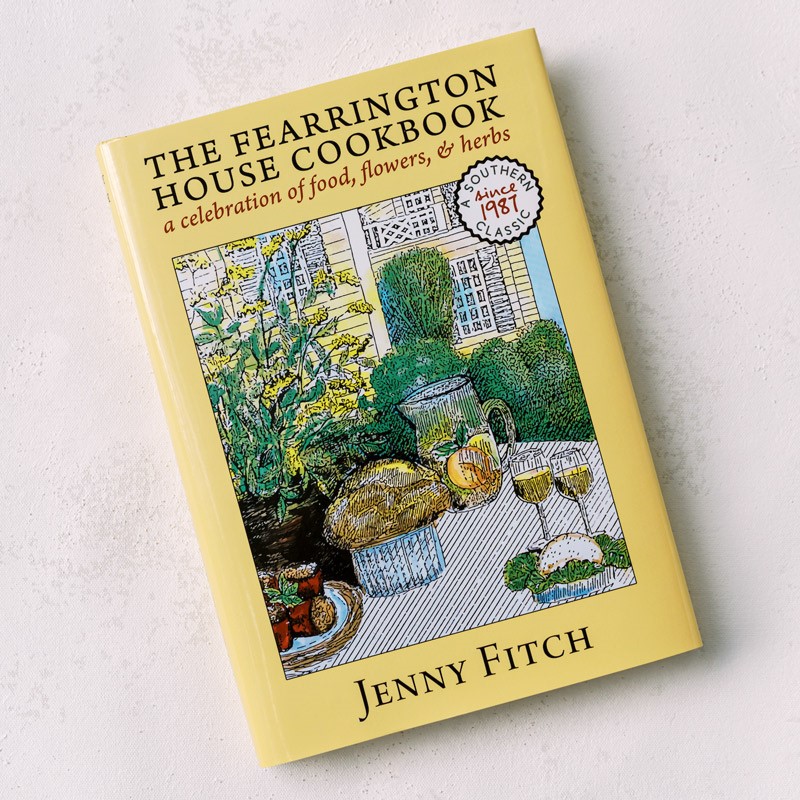
The Fearrington House Cookbook (Reissue), by Jenny Fitch
“The Fearrington House Cookbook resonates in a decidedly of-the-moment way,” writes chef Vivian Howard in her ode to a 1987 North Carolina classic that was reissued this year. In addition to the tips on arranging flowers, honoring the changing seasons, and making herb vinaigrette, Howard loves the recipes, including the one for this chocolate soufflé.
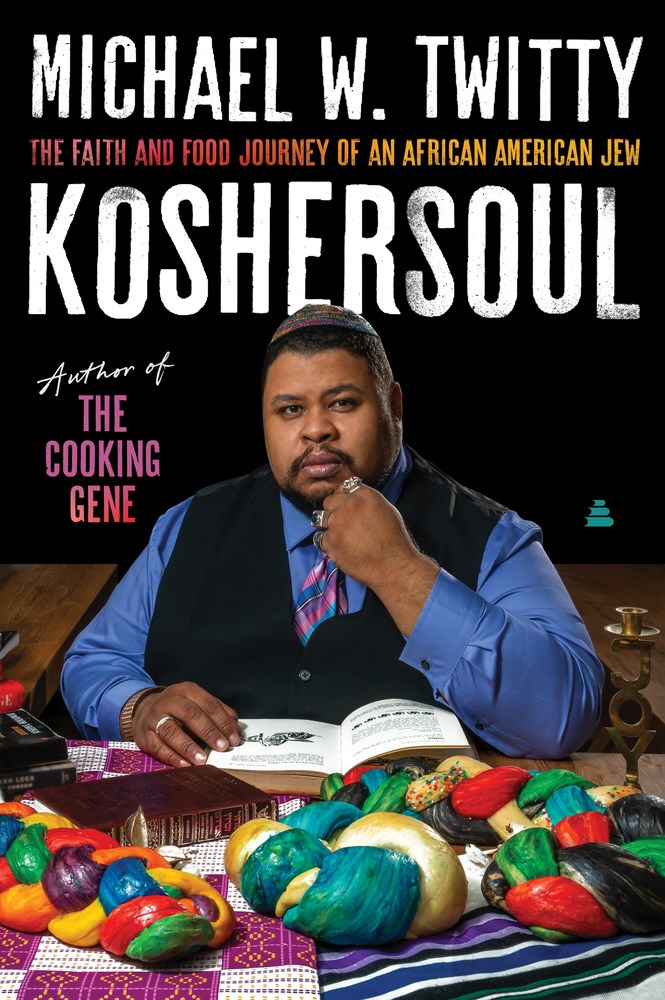
Koshersoul: The Faith and Food Journey of an African American Jew, by Michael W. Twitty
Twitty’s previous book, The Cooking Gene, was one of my favorite books of 2017, and I patiently awaited the second book in what he calls a three-book series exploring the culinary history of the African diaspora. His writings on food and identity always bring an interesting perspective and make him a trustworthy gustatory guide. —Latria Graham
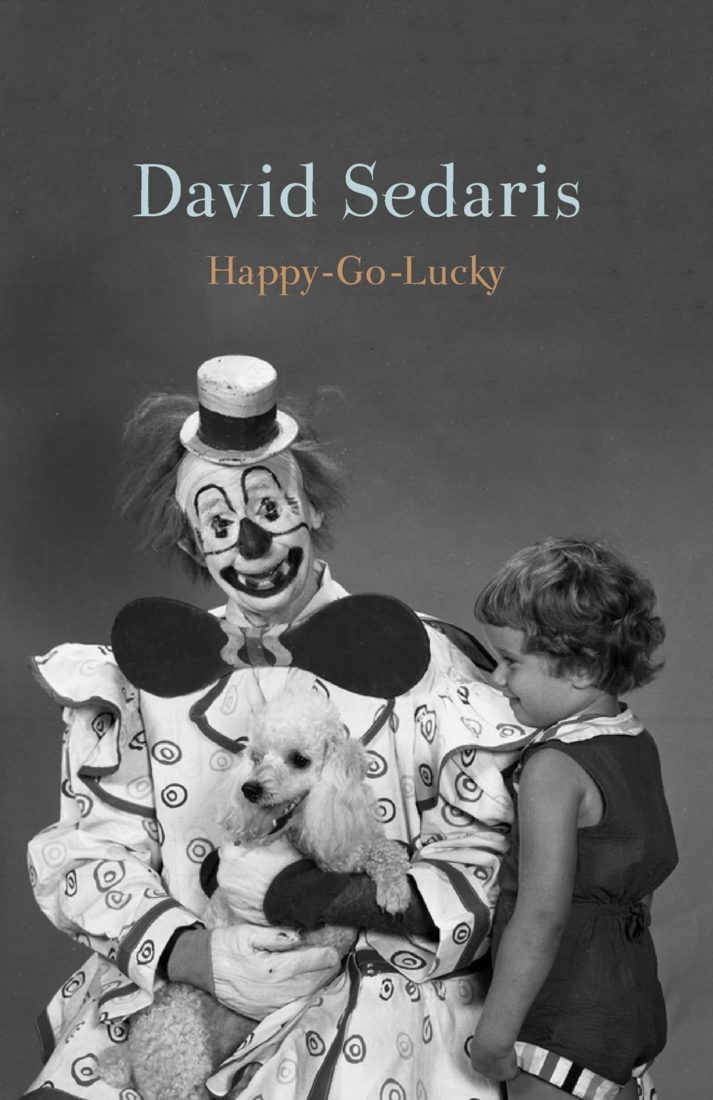
Happy-Go-Lucky, by David Sedaris
Back in college, I fell in love with Sedaris’s comical, and sometimes heartbreaking, reflections on his life, and almost twenty years later, I reread his stories often. He once said in a G&G interview, “Somebody said the other day, ‘Is writing cathartic?’ And it’s not. But, that said, it’s how I make sense of the world.” I couldn’t agree more. —Emily Daily, newsletter editor
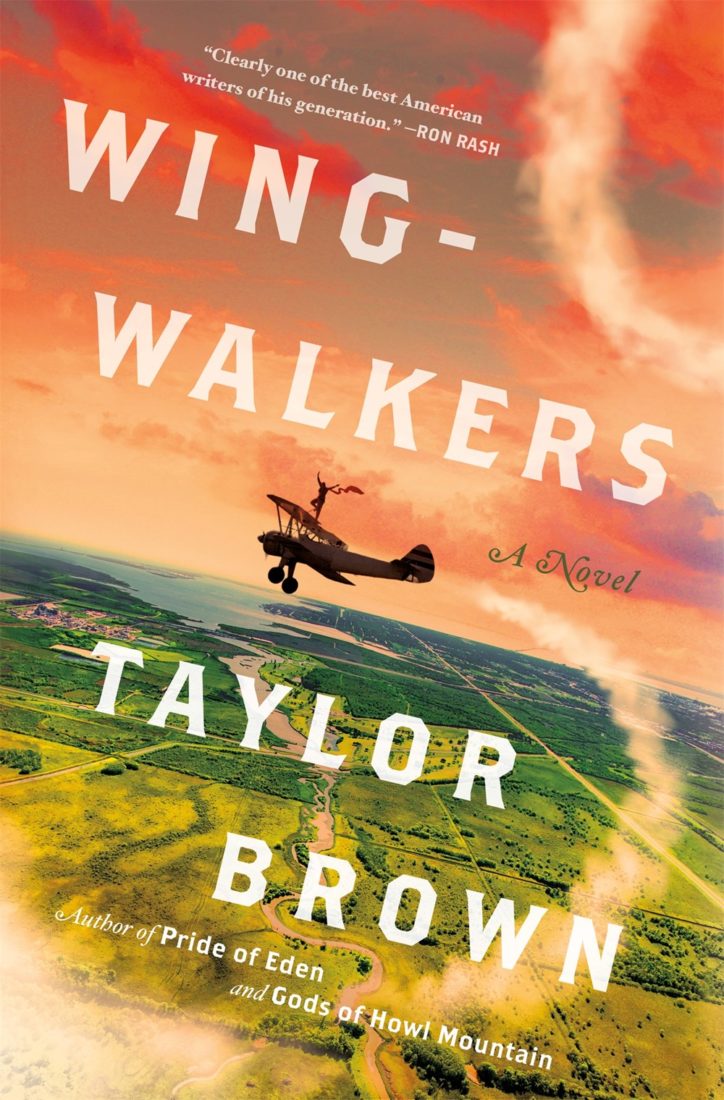
Wingwalkers, by Taylor Brown
Taylor Brown took a true tidbit about William Faulkner—his 1934 Mardi Gras with two daredevils—and threaded it into a captivating novel, Wingwalkers, about a couple who performs aerial stunts across Depression-era rural America. Brown’s observations of Southern landscapes, history, and characters encourage a new way of thinking about Faulkner and fears faced. —CJ Lotz
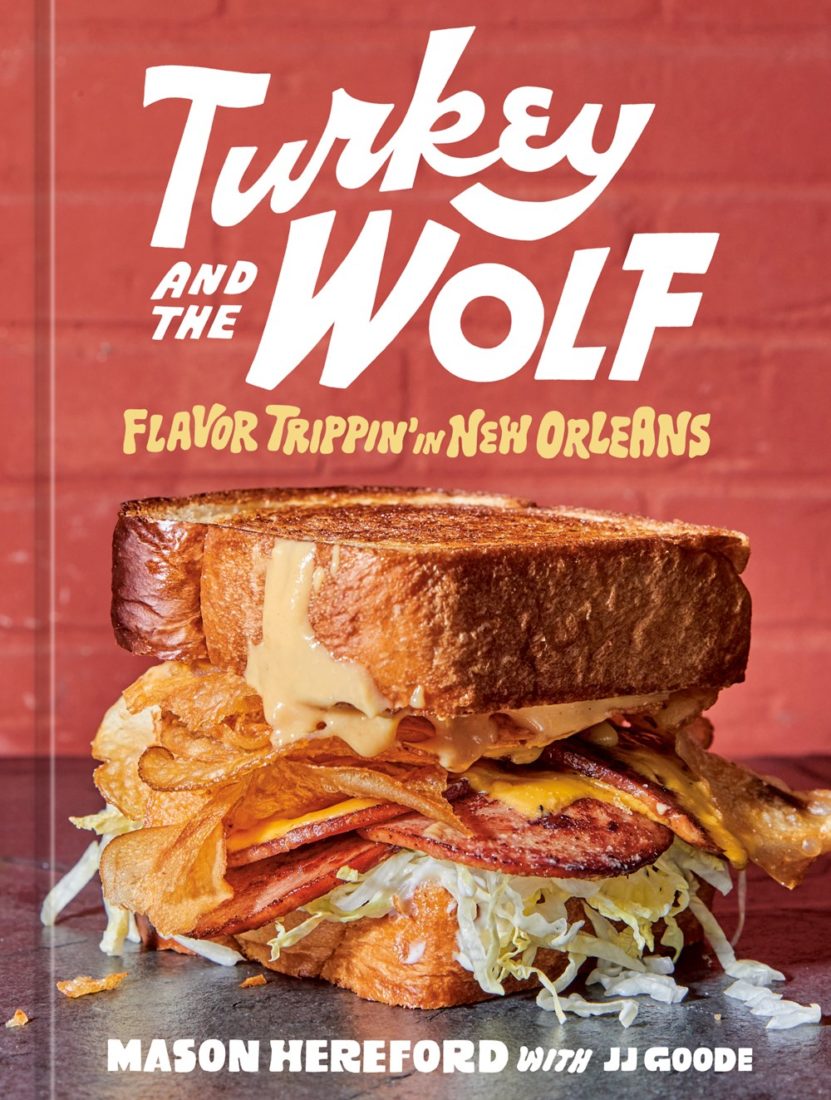
Turkey and the Wolf: Flavor Trippin’ in New Orleans, by Mason Hereford
“Fun is the most important thing,” writes Mason Hereford in the introduction to Turkey and the Wolf (Ten Speed), named after his buzzy New Orleans sandwich shop. The chef’s sense of play comes out in rollicking anecdotes, cheeky photos, and recipes for fried chicken salad and this ultimate tomato sandwich.
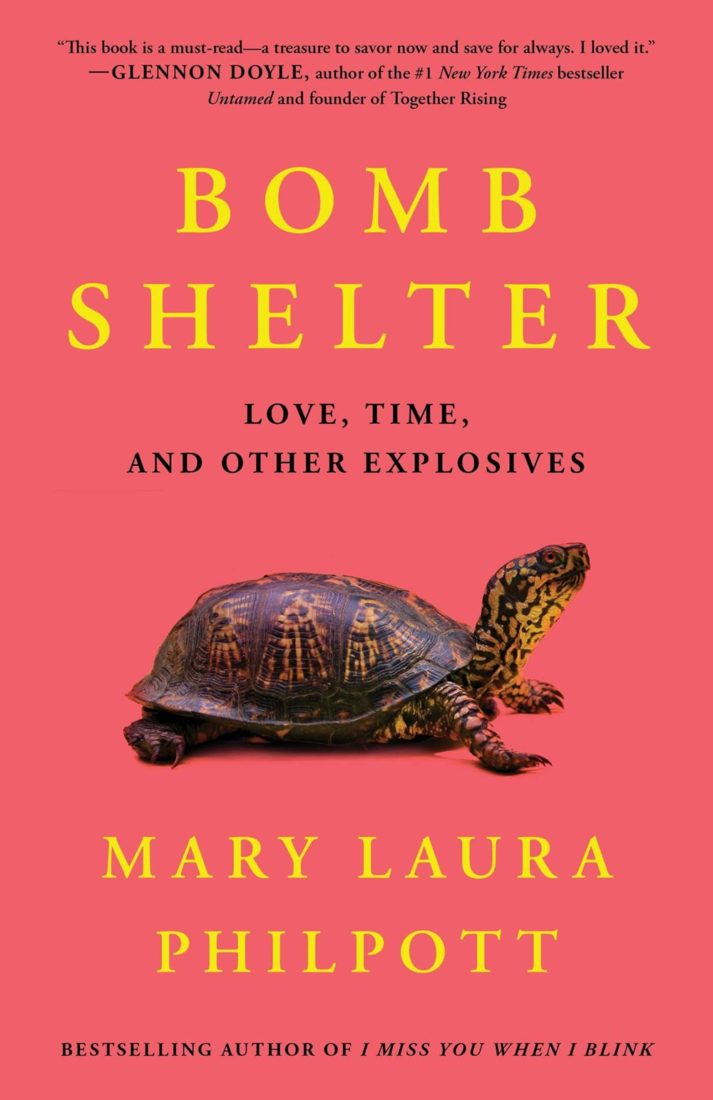
Bomb Shelter, by Mary Laura Philpott
In her new memoir, Mary Laura Philpott describes herself as an “anxious optimist,” a description with which I could not identify more. This self-inspection (both of the writer and, in my case, the reader) comes with all the humor and poignancy I’ve come to associate with Philpott’s writing. —Caroline Sanders, associate editor

Antipodes, by Holly Goddard Jones
Her eleven stories crackle with the messy, bristly particulars of modern life, and record, with the fidelity of an ASMR track, what the poet Kay Ryan called “the small plop ordinary lives make.” —Jonathan Miles in his review
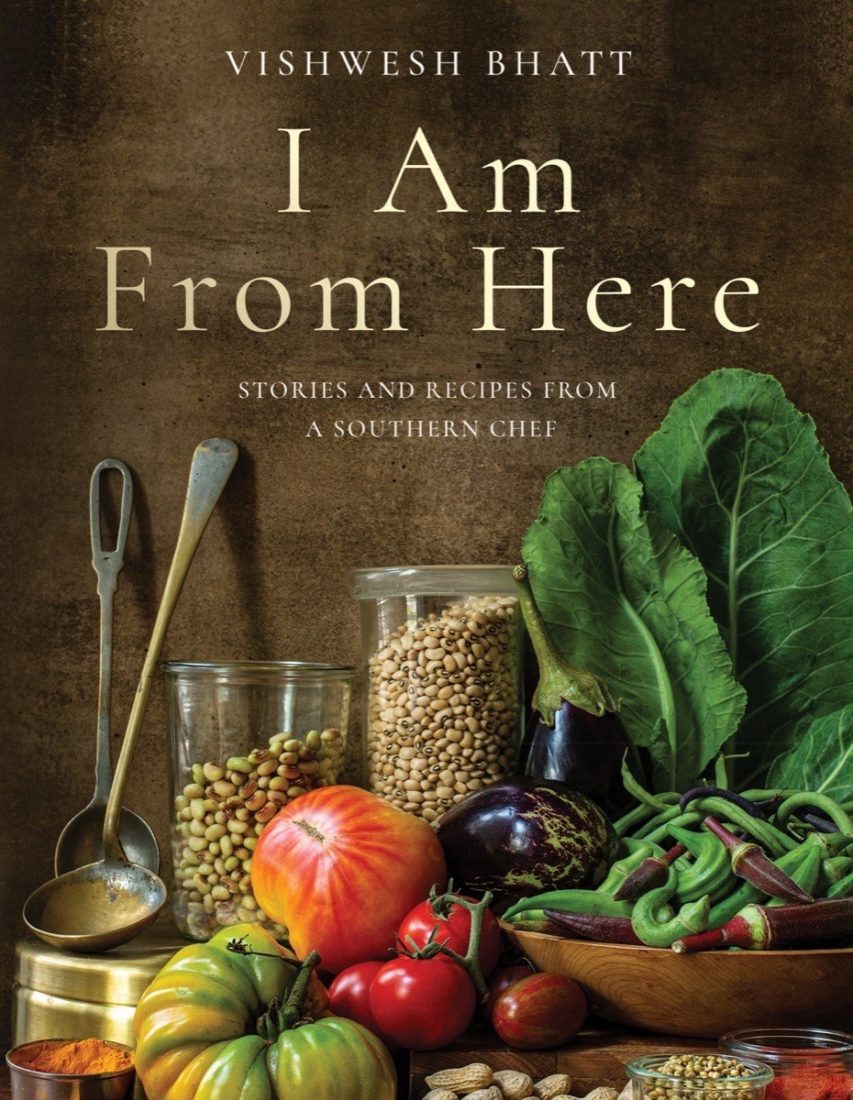
I Am from Here, by Vishwesh Bhatt
Written by an Oxford, Mississippi, chef with roots in Gujarat, India, this declaration of belonging and belief doubles as an approachable and inspiring cookbook. Bonus: a whole dang chapter of okra recipes, including an okra chaat, sweetened with cane syrup and tossed with jalapeños and peanuts. —John T. Edge, contributing editor
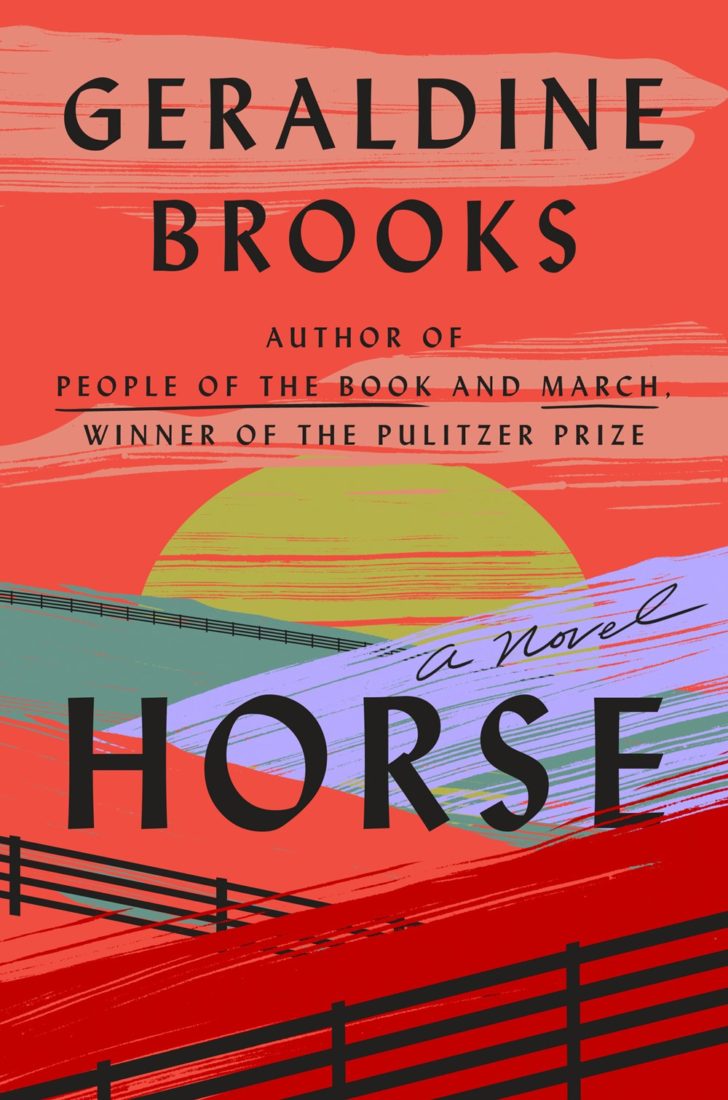
Horse, by Geraldine Brooks
The sprawling cast members in Brooks’s fictionalized take on [the horse] Lexington’s life and legacy include an enslaved stable hand named Jarret; the real-life modern art gallerist Martha Jackson (1907–1969); a current-day Nigerian American art historian who discovers a link to Jarret in a Washington, D.C., trash pile; the brutish Confederate raider William Quantrill; and a young Australian scientist whose chance detour into Lexington’s history leads to both love and shattering heartbreak. —Jonathan Miles, in his review
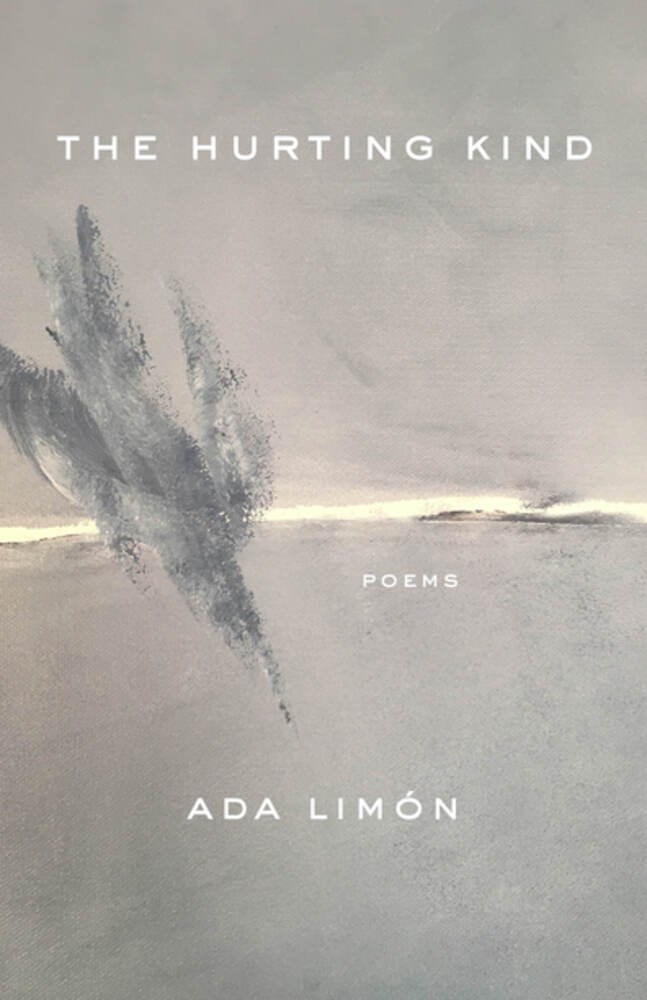
The Hurting Kind, by Ada Limón
It’s comforting, amid a stack of thick novels and all the latest cookbooks, to keep a book of short poems to dip into like scripture. This is the latest from the open-hearted Kentucky-based poet Ada Limón, who writes earnestly about love, her Mexican American family, and the wildness of memory. This year, she became the U.S. Poet Laureate. —CJ Lotz
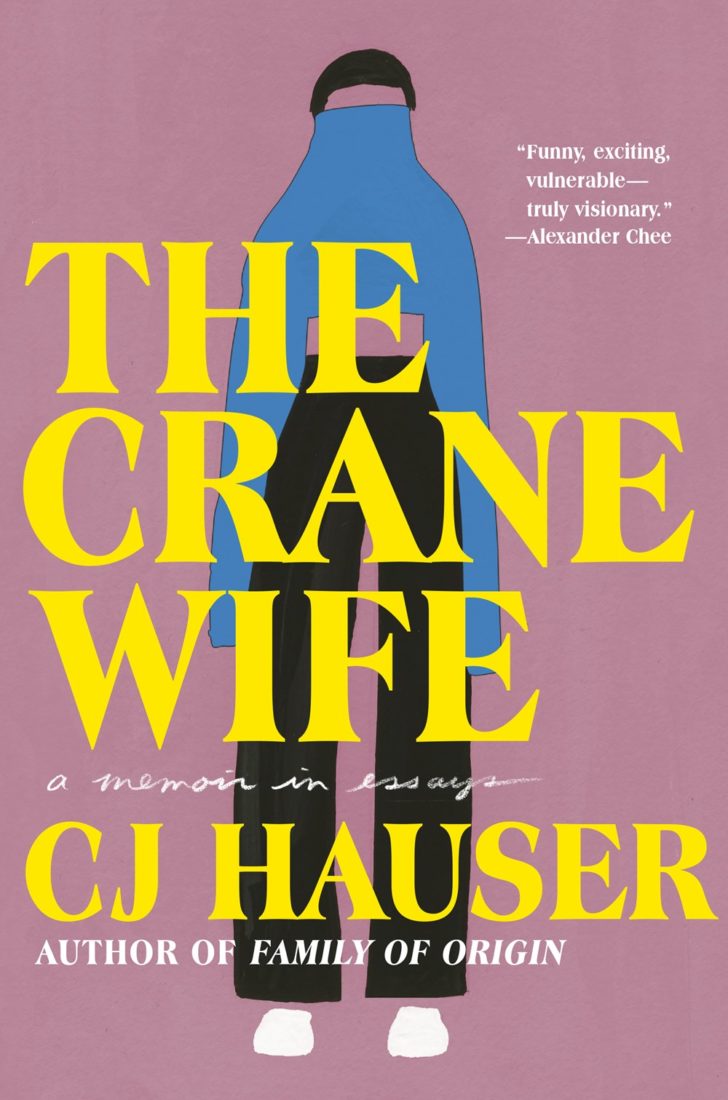
The Crane Wife, by CJ Hauser
After reading this forthcoming memoir-in-essays by the warm, wise, wry, and wonderful CJ Hauser, author of the viral Paris Review essay “The Crane Wife,” you’ll have to go fix your face. Were you crying laughing or just crying? Both? Splash some cold water on your cheeks. That’s it. Now, go forth in peace with a new understanding of what it means to live and love. —C. Morgan Babst, contributor, on Hauser, who wrote about a favorite Florida haunt for G&G

How It Went: Thirteen More Stories of the Port William Membership, by Wendell Berry
Although the living legend Wendell Berry guards his privacy, writing from his farm in Henry County, Kentucky, he has long revealed pieces of himself through his ruminations on the rural life, particularly in his Port William stories. Set in a fictional Kentucky town, his lovely latest, How It Went, continues the tale of the eighty-eight-year-old Berry’s autobiographical character Andy Catlett. —CJ Lotz
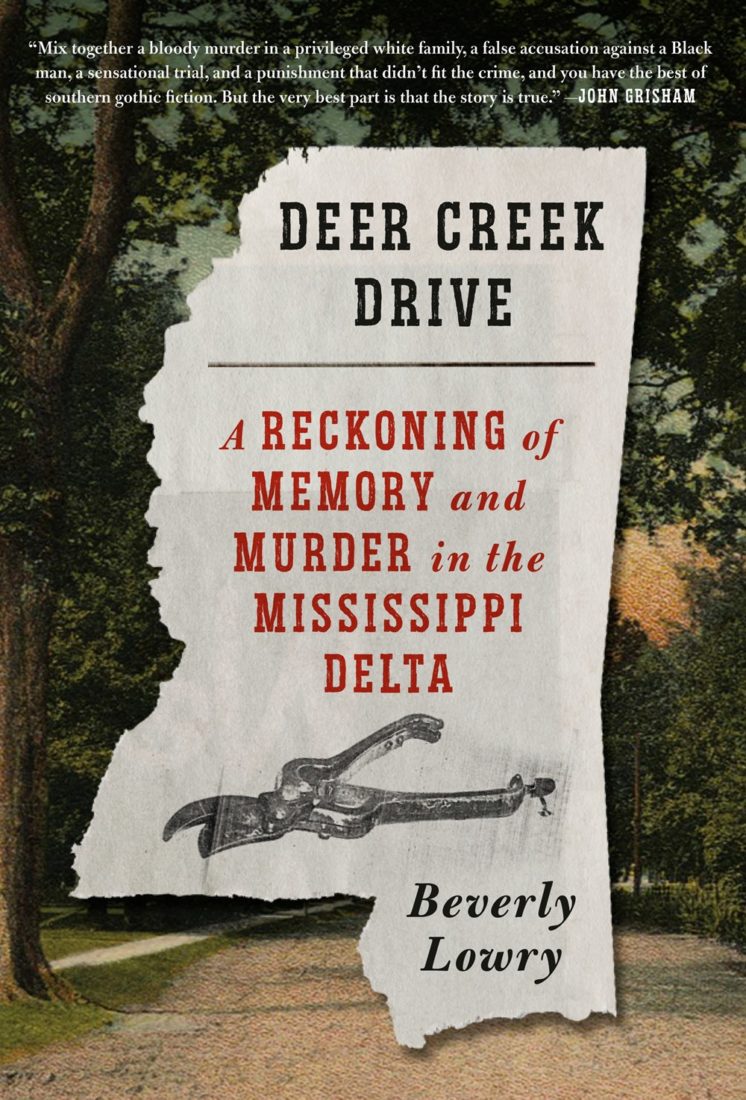
Deer Creek Drive, by Beverly Lowry
“Subtitled A Reckoning of Memory and Murder in the Mississippi Delta, Deer Creek Drive is Lowry’s scintillating effort to tweeze out the truth about a murder that newspapers at the time called the South’s answer to the Lizzie Borden killings.” —Jonathan Miles, in his review


